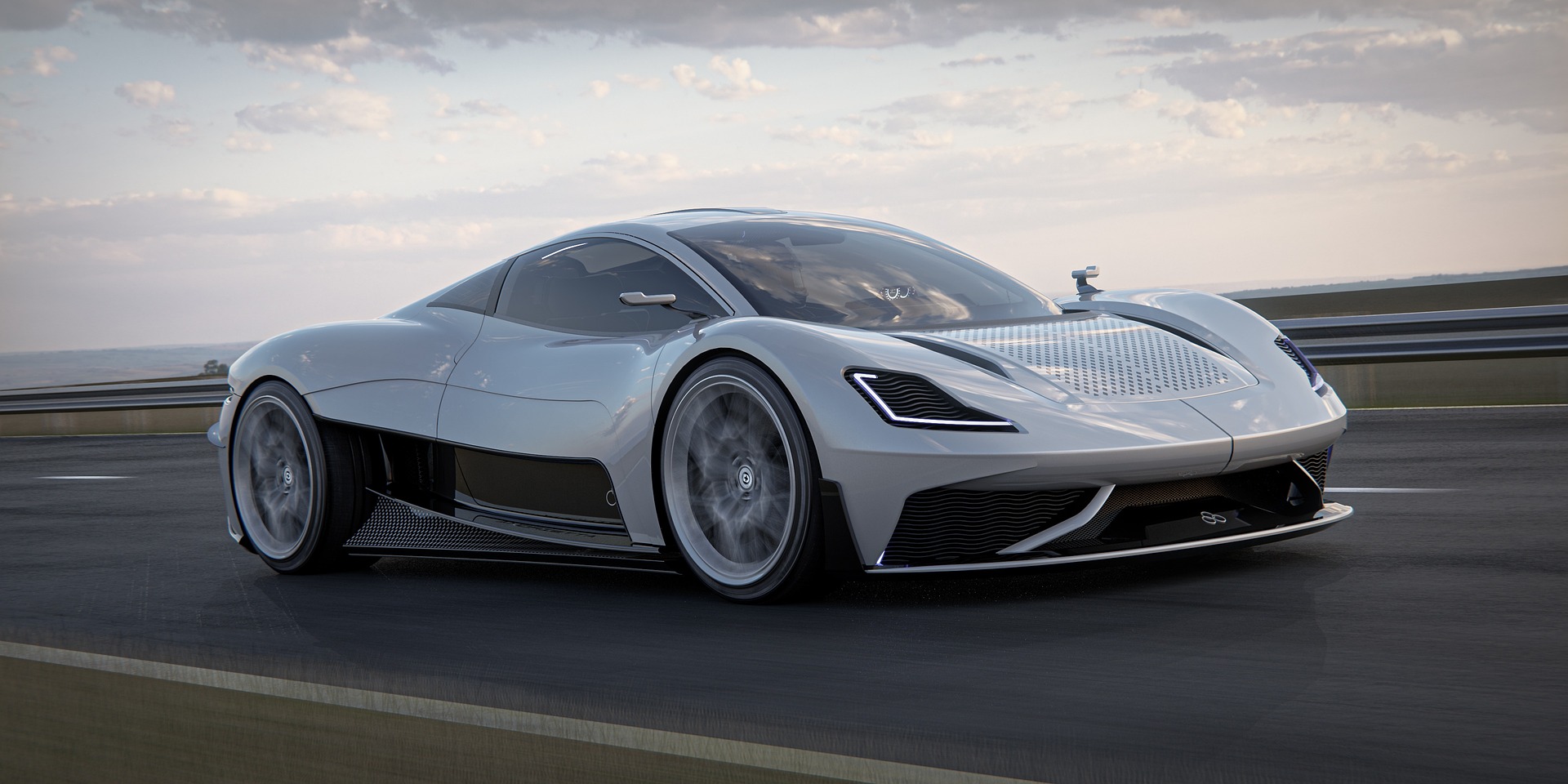Rediscovering the Art of High Compression Engines: A Deep Dive into the Automotive World
The automotive landscape is vast, with constant innovations, updates, and shifts. One such fascinating area that has remained somewhat under-explored is the world of high compression engines. Despite their potential for power and efficiency, these engines often take a backseat to more commonly discussed topics. This article seeks to shed light on this overlooked engine type, illuminating its history, development, and potential implications for the future of auto engineering.

The Genesis of High Compression Engines
High compression engines have roots that stretch back to the dawn of automotive history. The principle behind them is simple yet efficient: by compressing the air-fuel mixture in the combustion chamber to a higher degree, greater power can be extracted from each explosion. The first attempts at these engines were made in the early 20th century, with the aim of maximizing fuel economy and power output. However, early models suffered from ‘knocking’ - a problem caused by the premature ignition of the fuel-air mix.
Overcoming the Knocking Phenomenon
The persistent issue of knocking initially limited the practical applications of high compression engines. However, in the mid-20th century, engineers developed a solution: the use of high-octane fuels. These fuels resist knocking, enabling the use of higher compression ratios and thus more efficient and powerful engines. This development was a breakthrough, paving the way for the widespread use of high compression engines in performance cars.
Today’s High Compression Engines: A Technological Marvel
Fast-forward to the present day, and high compression engines have undergone significant evolution. Modern iterations are sophisticated, incorporating advanced technology to optimize performance and efficiency. Innovations such as variable compression ratios, which adjust the compression based on driving conditions, have enabled these engines to reach new heights of power and fuel economy.
The Impact and Potential of High Compression Engines
The potential benefits of high compression engines are substantial. They offer improved fuel efficiency and emission performance, aligning with the global push towards more sustainable vehicles. However, challenges remain, including the need for high-octane fuel and the enduring issue of knocking in certain conditions.
Looking Ahead: The Future of High Compression Engines
While high compression engines currently occupy a niche within the broader automotive landscape, their future looks promising. As technology continues to advance, industry experts predict that these engines could see wider use in mainstream vehicles. While they may not replace conventional engine types, they represent an intriguing alternative that could shape the future of automotive technology.
In conclusion, high compression engines are an often-overlooked facet of the automotive world, offering unique benefits and posing intriguing challenges. As the auto industry continues to evolve, these engines may yet play a significant role in the vehicles of tomorrow.





